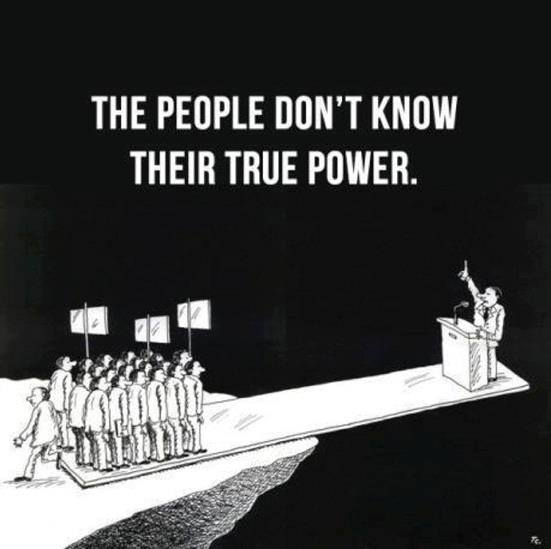Jim Collins and Jerry Porras selected 18 organisations that they labeled ‘visionary’.
The criteria to be qualified as such were: reputation (‘is the company widely admired by knowledgeable people’?), sustainable success (‘did the company endure various life cycles of products and services?’), influence (‘did the company put their mark on the world we live in?’) and tradition (‘was the company founded before 1950?’).
These 18 visionary organisations were systematically compared with an equally large peer group, i.e. a group of companies that were as old and which were operating in the same sectors.
First Collins and Porras analysed the cumulative stock profit within a period of more than 60 years. It showed that the companies performing well – the control group – obtained twice as better results on the stock exchange than average organisations. In itself a good result. Yet the visionary companies transcended the control group’s stock exchange results by…6 (six).
What did the visionary companies do better and differently than their counterparts?
Collins and Porras provide us with 3 answers:
1) In the first place, visionary organisations don’t step into the pitfall of believing in the power of a super idea or of a charismatic leader. Visionary organisations are not depending from great ideas nor leaders who like to shine a light on themselves.
Also, looking at their history, these companies reached their succesful business model after a long period of trial and error.
And: charistmatic leadership is not in the least a prerequisite for a visionary company. Quite the contrary, the ego’s of visionary leaders obstruct rather than contribute to the success of such companies. Characteristic for leaders of visionary companies is that they focus more on creating a healthy institution instead of wanting to get exposure as a Famous Leader.
2) Secondly, visionary organisations always give their attention both to preserving their ideological core and striving for constant progress. Visionary organisations, almost like a cult, stick to their higher goal and to their core values. These are a steady pillar and don’t surf the waves of the day.
Such an ideological core always reacher further than the desire to generate as much profit as possible. Characteristic for visionary organisations is that they are aware of their social function and that they take full responsibility for that. They don’t see innovation as something necessary, but also as desirable. Visionary organisations never play safe. They take risks and alywas try to be one step ahead of competitors.
3) Thirdly, visionary organisations value their vision document less important than its daily translation. Builders of visionary organisations realise that having a vision document – or something resembling that – is not suffiecient enough to construct a visionary organisation. Therefore, they mainly give their attention to building an organisation with a strong corporate culture. This has less to do with inspration than it has to do with discipline.
The conclusions that Collins and Porras draw: the success of visionary organisations is a consequence of the fact that they sail their own course with their vision as the starting point. While sailing, they constantly innovate and gradually construct a powerful organisation with a strong culture.
It is the combination of vision and culture that makes an organisation truly visionary.
Source: free translation from the excellent Dutch book ‘Kus De Visie Wakker’ / ‘Kiss the Vision Awake’, p.58-59, 2007




